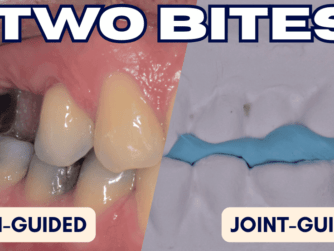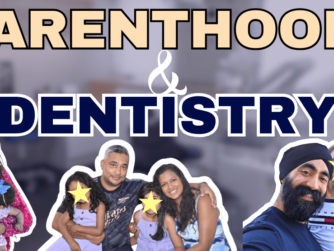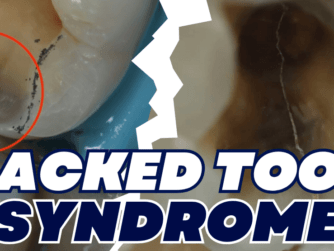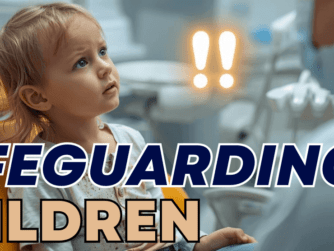Podcast: Play in new window | Download ()
Subscribe: RSS
In this long overdue (sorry, Protruserati!) episode I will go deeper in to Anterior Midpoint Stop Appliances as an occlusal splint for bruxism, myofascial pain and headaches. If you have not already, you must absolutely check out Understanding AMPSA Part 1 as this is the sequel!
Protrusive Dental Pearl 55: Remember at Dental School where they taught us that 3 fingers worth of mouth opening is considered ‘good’ or normal? Well, make sure you remember it’s the patient’s fingers, not your fingers! I showed how to use a range of motion scale and the benefits of checking mouth opening objectively:
I am so excited to announce pre-registration for SplintCourse – Splints Simplified for GDPs. Sign up for the launch offer which is just weeks away!
I teach what I know, and I know Resin Bonded Bridges and Splints for GDPs as I have devoted my career to their study!
“No amount of canine guidance or posterior disclusion or level of osseointegration of your implants will save you from the destructive forces of Bruxism”
Jaz Gulati, PDP055
So here is a recap from AMPSA Part 1:
- Anterior appliances are not as evil as you were taught
- We myth busted the Dahl-concept-type occlusal changes with normal wear of such appliances
- I gave the analogy of the ‘locked-in’ patient, and how when you allow them freedom of movement (reduce the resistance in grinding motions) it is like weight lifting and the weights have been removed
- We looked at some of the contraindications – intra-capsular issues which are rarer – but also those who are just higher risk of anterior open bites
- Remember, sometimes you WANT patients to get an AOB!
In this Episode I summarise:
- What is the difference between these various anterior appliances and is one better than the other?
- Deciding upper arch or lower arch, or sometimes both arches?
- How many of my patients have developed Anterior open bites, which splints caused them, and how to manage such a scenario?
- Why even an AMPSA can be an overkill and which patients may actually benefit from a soft bite guard, for example!
These appliances can bring HUGE solution to a MASSIVE problem for our patients. Many of my patients are pain-free and no longe require painkillers for headaches and jaw pain. My strongest bruxists (whose teeth I have restored) are religious at wearing the appliance (despite a favourable occlusal scheme) and they love it and KNOW that their Dentistry is protected. This is not a cheap piece of plastic. It is a custom made Orthotic Appliance – I charge anywhere from £450 – £1,300 for appliances (simple AMPSAs, complex AMPSAs, Michigan/Tanner appliances – every case is different).
One of my previous delegates from The Splint Course (when it was delivered live) called in to the show and asked ‘I am concerned about charging a high fee for this appliance? What is the appliance does not work?’ – towards the end of this episode we discuss this in full depth!
If you enjoyed this episode, you will like why Michigan Splints are overrated!
Don’t forget to sign up to The Splint Course for an exclusive launch offer.








